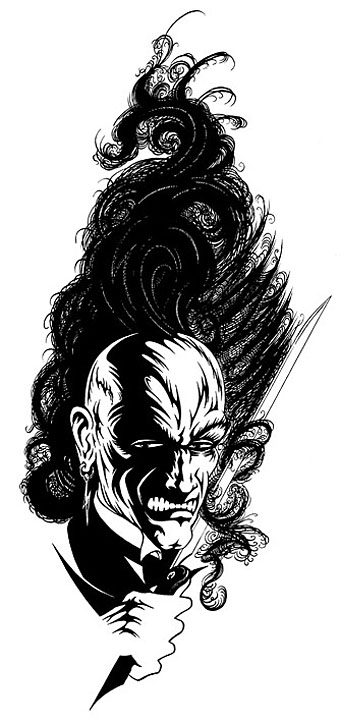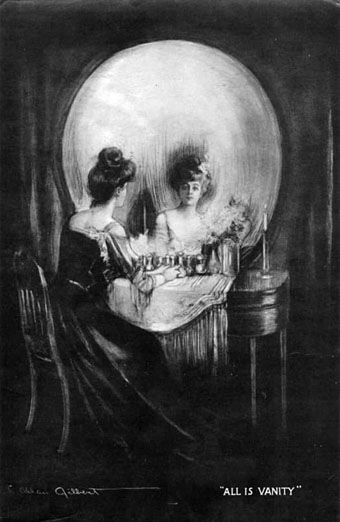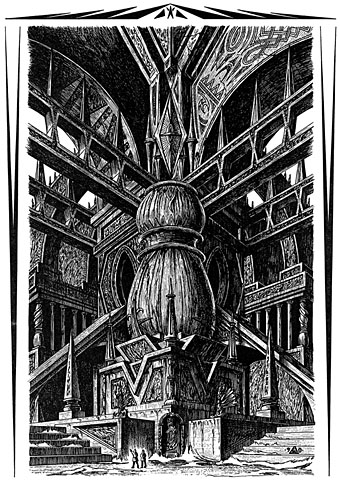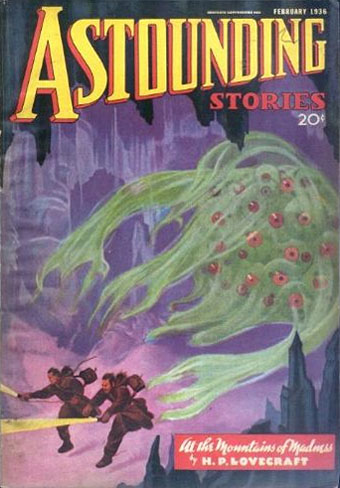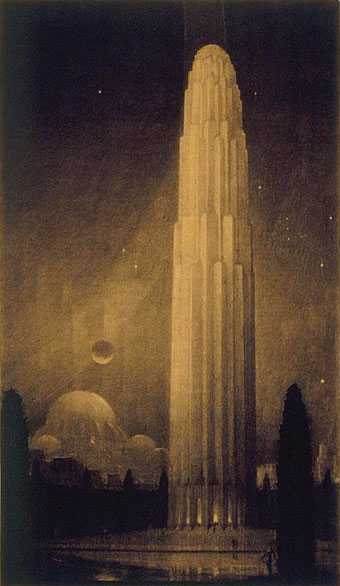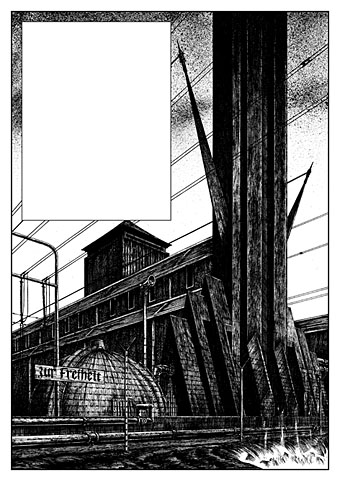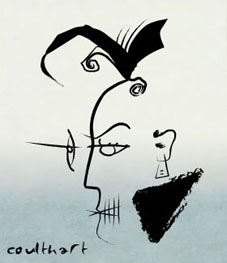 Jessica Helfand at Design Observer draws attention to Mr Picassohead, a site which allows you to create your own Picasso-style portraits. The interface doesn’t have as much choice of elements as the Simpsonizer did but messing around with it this afternoon yielded a passable rendering of David Britton’s Lord Horror.
Jessica Helfand at Design Observer draws attention to Mr Picassohead, a site which allows you to create your own Picasso-style portraits. The interface doesn’t have as much choice of elements as the Simpsonizer did but messing around with it this afternoon yielded a passable rendering of David Britton’s Lord Horror.
This idling reminded me that I’ve yet to finish reworking the Lord Horror series Reverbstorm which I’ve been engaged with on and off for the past year. The handful of people actually waiting for this magnum opus should know that other work and new Savoy projects keep intervening at the moment. Anyone who saw the original comics will be aware that pastiching Picasso was a consistent theme from issue five onwards. For those who haven’t seen the comics (and few people have…) I’ve posted a couple of the original Picasso-esque Horrors below, beginning with a more representational view of his Lordship for those unfamiliar with the appearance of the man.
A 1997 portrait which owes much to the style of Burne Hogarth‘s later Tarzan illustrations.

